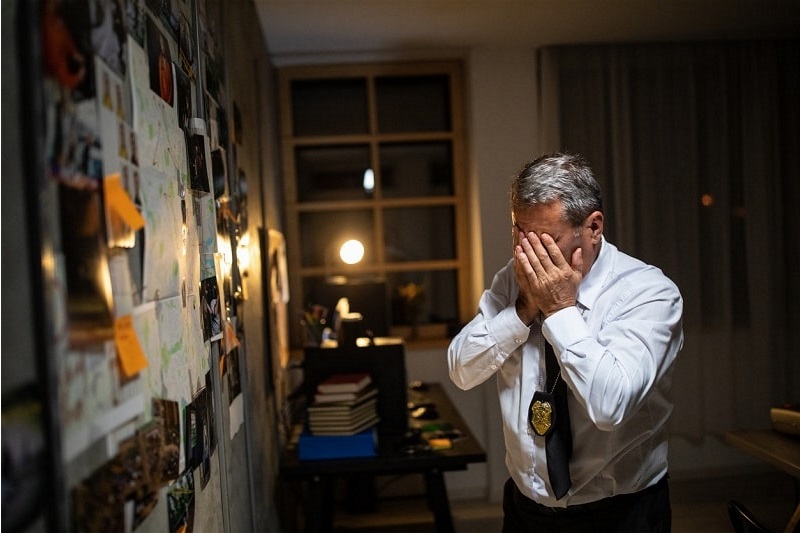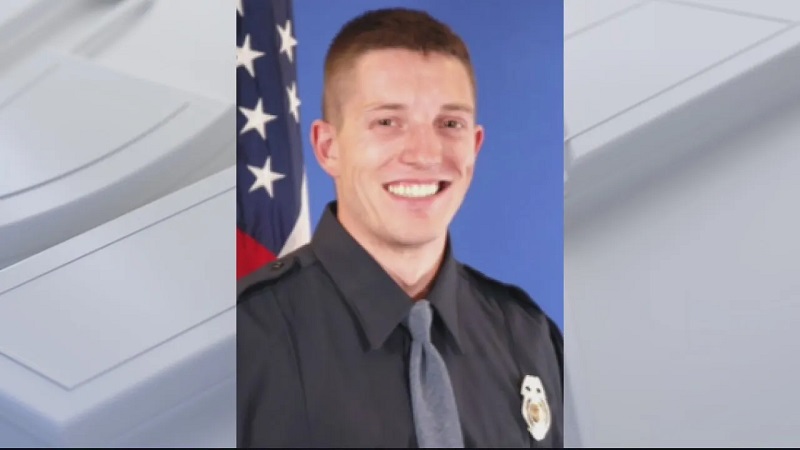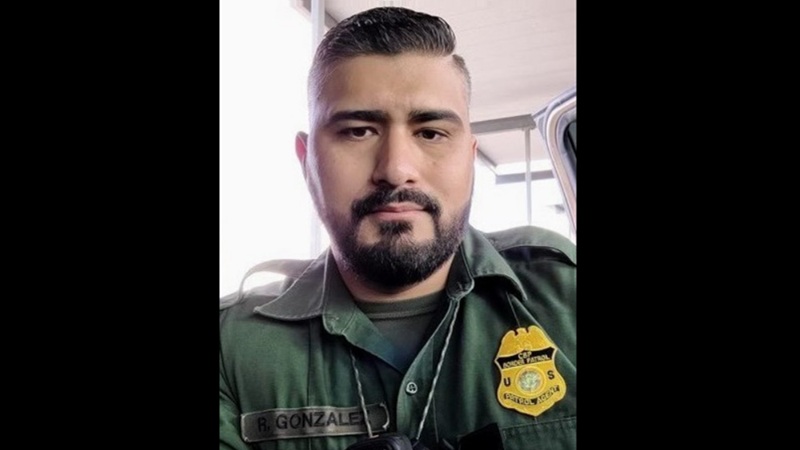
We are hearing more about response time amid the concern of police staffing shortages. The expectation of citizens that a call to 911 will immediately send a fleet of police cars screaming to your scene is more of a product of television shows and movies where the cops always show up in the nick of time.
Response time is thought of by most citizens as the time between their call to 911 and the sight of the first responder. Measuring from the time of the event is a more realistic perspective. The starting point in the chain of events is when a matter demanding first responder attention comes to the attention of a witness or victim. As the clock tick-tocks away, an astonishing number of people don’t make 911 their first call. They’ll call a relative for advice. They’ll call their insurance company. They’ll ponder whether they should report it at all.
When the call is made it may take a while before the 911 dispatcher answers. Some agencies have a two-tier system with call-taking and dispatching staffed by different people. Central dispatching is common, but where police, fire, and medical services have separate dispatching systems, there may be a moment when the call-taker must transfer the call. Every second seems like an eternity for the caller.
Callers are often very anxious when being asked questions by the 911 staff, but the information gleaned is critical to the response. Unseen by the frantic caller is that the process of sending a responder is already underway as the questions are being asked. Averting tragedy and failure by verifying the address, assessing the risk of violence, and giving instructions to the caller all lay heavy on the shoulders of the 911 personnel who vicariously absorb the tension and tragedy of frantic voices.
Dispatchers and supervisors in the field have to make decisions based on the available information about how to prioritize calls. The reality of overburdened agencies is that anything less than a violent event in progress may get bumped so far down the list that delays of hours can occur. Some citizens have chosen to abuse the system by claiming that they heard gunshots when in fact they just want the police to make the partygoers next door quiet down. This fudging of urgency can generate multiple “shots fired” calls that clog the system and slow response time to both genuine emergencies and routine reports.
Most agencies have addressed the prioritizing of police services by reducing the number of calls that a police officer personally handles. Using telephone and online reporting, making appointments for in-person contact requests, and using civilian community support personnel are all alternatives to sending a patrol unit immediately upon request. Recent efforts to divert calls involving non-threatening mental health events have yielded some success, but law enforcement is often still needed.
When the squad cars fire trucks or ambulances start rolling, the time it takes to get on the scene and start sorting out the situation varies widely. In some agencies, department policy requires a second unit to be available before the first unit gets on the scene. When this is the case, response time suffers because two units must become available before anyone gets to the scene. In medical and fire emergencies, most agencies require law enforcement to ensure that the scene is safe when weapons or other assaultive behavior is expected. Rural areas where responders must traverse miles of road and during natural disasters where chaos reigns leave victims waiting.
Research conducted for the U.S. Department of Homeland Security noted that the average response time to emergency calls is ten minutes. In the particular case of school shootings, the study noted that the average duration of an active school shooter event is 12.5 minutes, while law enforcement response time to those events averages 18 minutes. A more recent FBI publication puts response time for all types of active shooter events at three minutes, perhaps reflecting the reality of pre-existing police presence at many public events.
Self-defense and emergency preparedness experts advocate understanding that ultimately, each individual is their own first responder. This is not a caution rooted in despair, but rather a call to be prepared as much as possible for the threat of crime, medical emergency, fire, and harsh weather. As fast as the heroes want to be, the old saying is true – when seconds count, responders are only minutes away.






